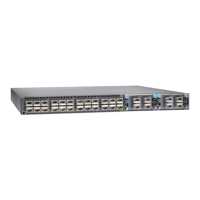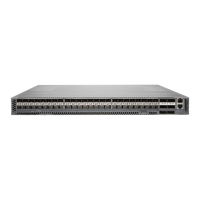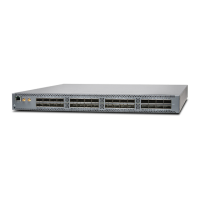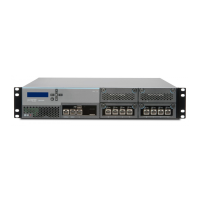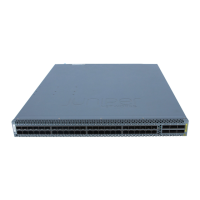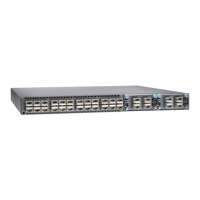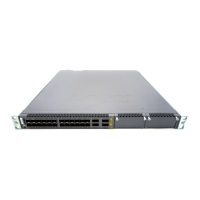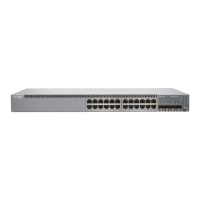Table 17: Site Preparation Checklist (continued)
DatePerformed ByFor More InformationItem or Task
“Rack Requirements for a QFX3500
Device” on page 51
“Cabinet Requirements for a QFX3500
Device” on page 52
Verify that your rack or cabinet meets the
minimum requirements for the installation of
the device.
“Clearance Requirements for Airflow
and Hardware Maintenance for a
QFX3500 Device” on page 53
Plan rack or cabinet location, including
required space clearances.
Secure the rack or cabinet to the floor and
building structure.
Cables
“Determining Interface Support for the
QFX3500 Device” on page 59
Determining Transceiver Support for
QFabric Systems
“Cable Specifications for Console and
Management Connections for the QFX
Series” on page 62
Acquire cables and connectors:
•
Determine the number of cables needed
based on your planned configuration.
•
Review the maximum distance allowed for
each cable. Choose the length of cable
based on the distance between the
hardware components being connected.
Plan the cable routing and management.
Related
Documentation
General Safety Guidelines and Warnings on page 169•
• General Site Guidelines on page 47
• Installing and Connecting a QFX3500 Device on page 75
• Mounting a QFX3500 Device in a Rack or Cabinet on page 77
Environmental Requirements and Specifications for a QFX3500 Device
The device must be installed in a rack or cabinet housed in a dry, clean, well-ventilated,
and temperature-controlled environment.
Follow these environmental guidelines:
•
The site must be as dust-free as possible, because dust can clog air intake vents and
filters, reducing the efficiency of the device cooling system.
•
Maintain ambient airflow for normal device operation. If the airflow is blocked or
restricted, or if the intake air is too warm, the device might overheat, leading to the
device temperature monitor shutting down the device to protect the hardware
components.
Copyright © 2017, Juniper Networks, Inc.46
QFX3500 Device Hardware Documentation
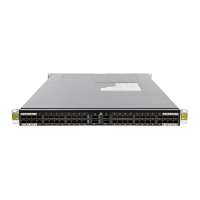
